Altcoins
NFT Market Evolution: Embracing Financial Growth While Fostering Artistic Depth Amid Bear Market
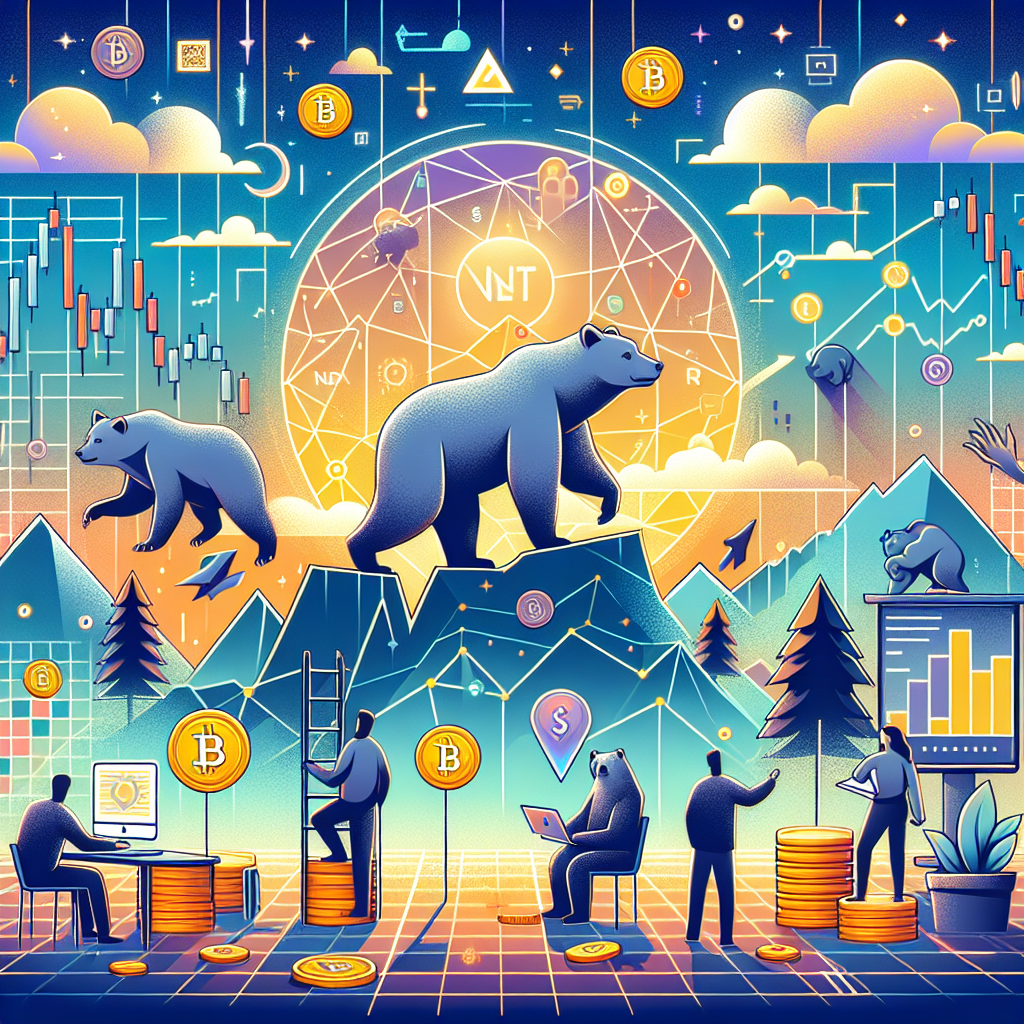
Non-fungible tokens (NFTs) have swiftly transitioned from a novel concept to a significant player in the art world, intertwining themselves with the very fabric of artistic creation and distribution. This fusion of art and blockchain technology has sparked a dynamic dialogue about the role of money in art—a subject that has long been debated. Contrary to the critiques that often associate financialization with a dilution of purity in art, the emergence of NFTs presents a nuanced narrative. The transparency and direct linkage between artists and the artwork facilitated by NFTs are seen not as detractors but as valuable attributes that enhance the art ecosystem.
The past two years have witnessed a remarkable evolution in the NFT space, attributed in part to the economic downturns experienced across global markets. This period, often referred to as a bear market, has inadvertently served as a crucible for innovation and introspection among NFT creators and collectors. With the frenetic pace of sales and speculative trading slowing down, artists and developers have seized the opportunity to delve deeper into their craft. This shift away from rapid, often speculative launches to a more deliberate and thoughtful approach to NFT creation has led to a richer, more diverse landscape of digital art.
This transformation is significant for several reasons. First, it underscores the resilience and adaptability of the NFT market. Rather than collapsing under the weight of economic pressures, the community has refocused its energies on quality, sustainability, and artistic integrity. Projects that may have once been rushed to market in a bid to capitalize on fleeting trends are now given the time and attention they deserve. This has allowed for a more mature and sophisticated body of work to emerge, one that is likely to have a lasting impact on the art world.
Moreover, the bear market has facilitated a purging of sorts, with less committed participants exiting the space. This consolidation has the potential to lead to a more stable and focused NFT ecosystem, where genuine innovation and artistic expression are prioritized over quick profits. As a result, the projects that do emerge from this period are likely to be of higher quality and more aligned with the long-term vision of what NFTs can offer the art world.
The intersection of NFTs and art has also prompted a reevaluation of how value is ascribed to digital art. The traditional art market, with its galleries, auctions, and exclusive events, operates on a model that can often feel opaque and inaccessible to the average person. NFTs, by contrast, offer a level of transparency and accessibility previously unseen. Every transaction, every bid, and every transfer of ownership is recorded on the blockchain, providing an unprecedented level of transparency. This democratization of access to art, where anyone with an internet connection can view, purchase, or sell NFTs, has the potential to radically expand the audience for art and, by extension, the definition of who is considered an artist.
Critics of NFTs often point to the environmental impact of blockchain technology as a significant downside. It’s true that the energy consumption associated with certain blockchain networks, particularly those that use proof-of-work consensus mechanisms, can be substantial. However, this concern has catalyzed a push towards more sustainable practices within the NFT community. Many artists and platforms are exploring or transitioning to proof-of-stake models, which are markedly less energy-intensive. This shift towards sustainability reflects a broader awareness and responsibility within the NFT space, further illustrating its potential to drive positive change within the art world and beyond.
As the NFT market continues to evolve, it’s clear that these digital assets are more than a passing trend. They represent a fundamental shift in how art is created, distributed, and valued. This period of economic downturn has not dampened the spirit of innovation within the NFT space; if anything, it has enriched it. As the market stabilizes and continues to grow, NFTs are poised to play an increasingly central role in the art world, challenging traditional notions of ownership, value, and artistic expression. The journey of NFTs, from a niche curiosity to a cornerstone of digital art history, is a testament to the transformative power of technology and creativity.
-
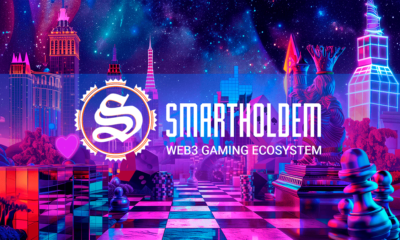
 Press Releases1 year ago
Press Releases1 year agoGaming Technologies of the New Time!
-
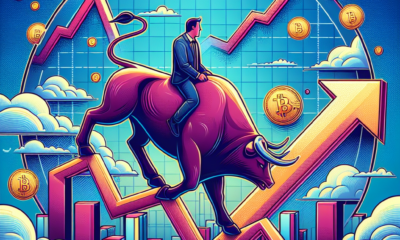
 Altcoins10 months ago
Altcoins10 months agoBitcoin Declines Below $80K: deVere CEO Nigel Green Remains Bullish on Long-Term Outlook Following Strategic U.S. Bitcoin Reserve Announcement
-
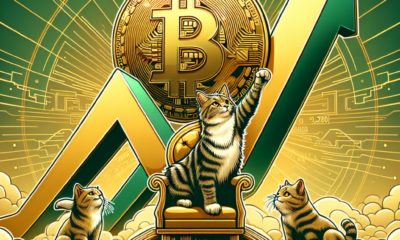
 Bitcoin1 year ago
Bitcoin1 year agoBitcoin Surges Past $64K as SEI and POPCAT Lead Daily Crypto Gains on September 25
-
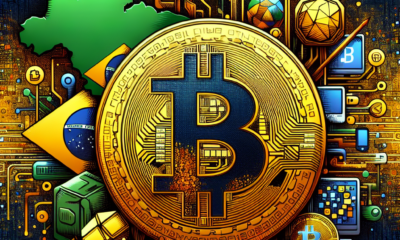
 Altcoins9 months ago
Altcoins9 months agoCalls for Enhanced Discussion on Bitcoin as Brazil’s Reserve Asset: A Move Towards ‘Internet’s Gold’
-
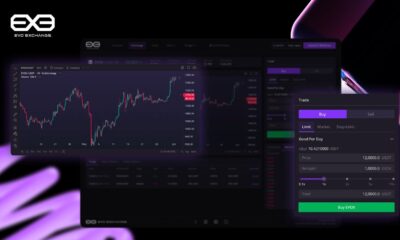
 Press Releases2 years ago
Press Releases2 years agoEvo Exchange: Redefining the Decentralized Exchange Landscape
-
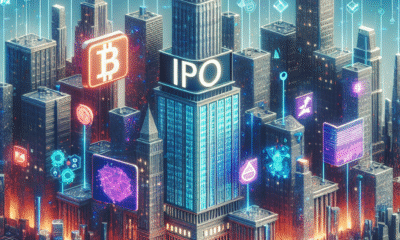
 Bitcoin6 months ago
Bitcoin6 months agoGrayscale Investments Submits Draft Registration for IPO, Aiming for Public Trading in U.S.
-
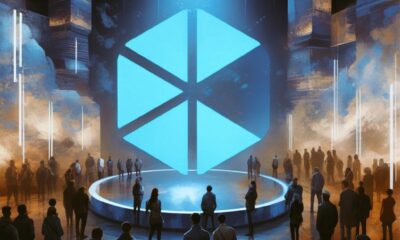
 Press Releases1 year ago
Press Releases1 year agoCODE, a Newly Born Project Brings Decentralization Back to the Main Menu
-
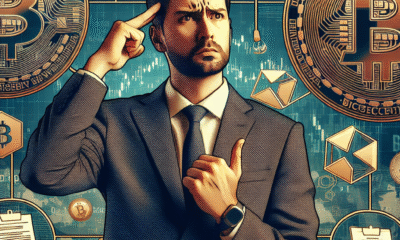
 Bitcoin6 months ago
Bitcoin6 months agoPeter Schiff Critiques New Crypto Legislation, Claims Bitcoin (BTC) Gains are Short-Lived




